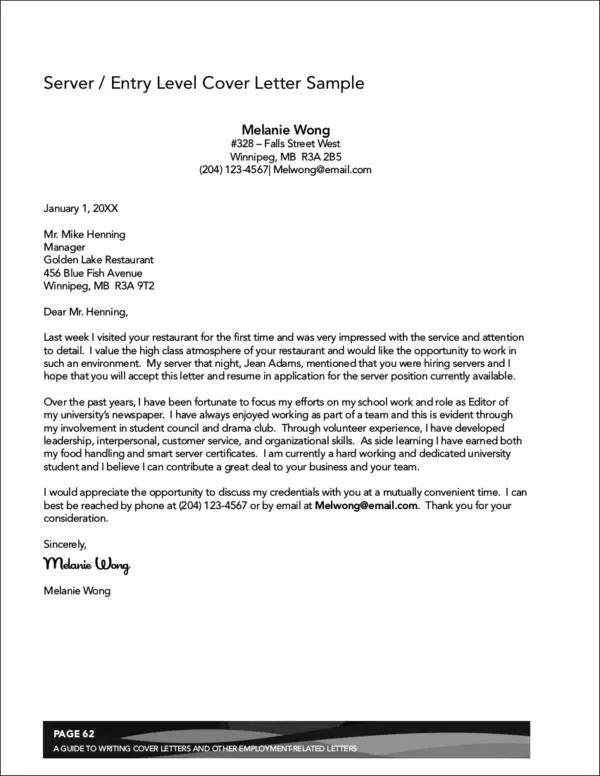Understanding the Importance of an Entry-Level IT Cover Letter
In the competitive world of information technology, securing an entry-level position requires more than just a strong resume. A well-crafted cover letter serves as your initial introduction to potential employers, allowing you to showcase your personality, passion, and suitability for the role. It’s an opportunity to go beyond the bullet points of your resume and tell a compelling story about why you are the ideal candidate. For entry-level roles, where experience may be limited, the cover letter becomes even more crucial in highlighting your potential and demonstrating your eagerness to learn and contribute. A well-written letter can significantly increase your chances of landing an interview and ultimately, your dream job.
Why a Cover Letter is Essential for Entry-Level IT
A cover letter for an entry-level IT position is essential because it provides context to your resume. Unlike experienced professionals, entry-level candidates often have limited professional experience. Therefore, your cover letter is where you can highlight transferable skills, academic achievements, personal projects, and any internships or volunteer work that demonstrate your abilities. It allows you to explain gaps in your resume, such as periods dedicated to education or personal development, and to express your genuine interest in the specific company and role. Moreover, a cover letter shows your communication skills, attention to detail, and willingness to go the extra mile – all highly valued traits in the IT field. It differentiates you from other applicants and allows you to stand out in a stack of resumes.
Key Components of a Compelling Entry-Level IT Cover Letter
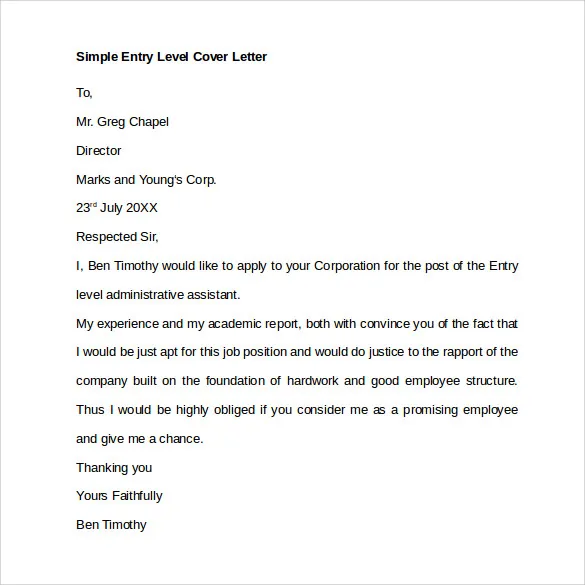
Crafting a compelling cover letter involves several key components, each playing a vital role in conveying your qualifications and enthusiasm. From the opening greeting to the closing statement, every element should be carefully considered and tailored to the specific job and company. A well-structured cover letter is not just a formality; it’s a strategic tool that can significantly impact your chances of success. It should reflect professionalism, attention to detail, and a genuine interest in the opportunity.
Contact Information and Salutation
Begin your cover letter by including your contact information: full name, phone number, email address, and optionally, your LinkedIn profile URL. Make sure these details are accurate and professional. Following this, address the hiring manager or the specific person listed in the job posting, if possible. If a name isn’t provided, using a general greeting like “Dear Hiring Manager” is acceptable, but try to find a contact name through research. Personalizing this section shows that you’ve done your homework and are genuinely interested in the position.
Personalized Opening and Introduction
Your opening paragraph should immediately grab the reader’s attention. Avoid generic statements like “I am writing to apply.” Instead, express your enthusiasm for the role and the company. Briefly mention how you learned about the position and what specifically attracted you to it. If you have a connection to the company or a relevant anecdote, share it here. This introduction sets the tone for the rest of the letter and encourages the hiring manager to continue reading. A strong opening can make a lasting positive impression.
Highlighting Relevant Skills and Experience
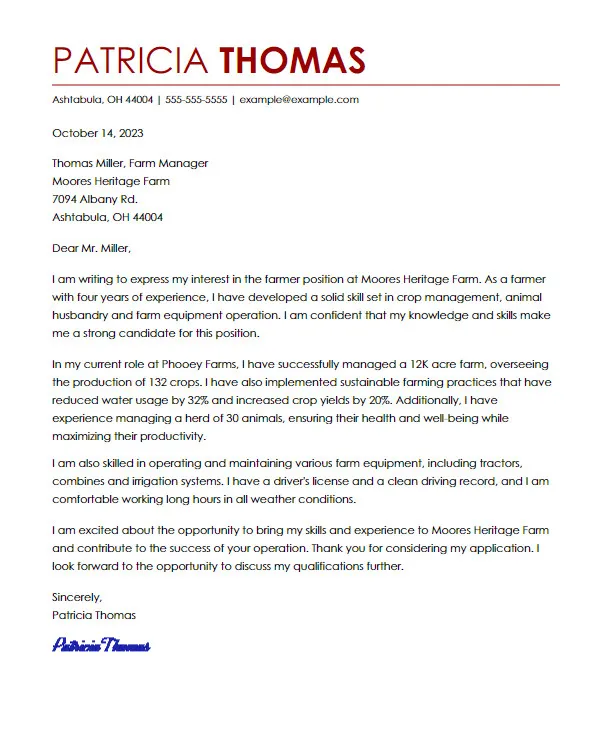
This is the core of your cover letter, where you showcase your skills and experience. Even if you lack extensive professional experience, focus on transferable skills from your education, projects, internships, or volunteer work. Align your skills with the requirements listed in the job description. Provide specific examples of how you’ve used these skills to achieve results. Quantify your accomplishments whenever possible. This section should be tailored to each application, highlighting the most relevant experiences that demonstrate your ability to succeed in the role. Use the job description as your guide, ensuring that the keywords and skills mentioned in the job posting are reflected in your letter.
Technical Skills to Showcase
Detail any technical skills relevant to the IT position you’re applying for. This might include programming languages (e.g., Python, Java), operating systems (e.g., Windows, Linux), networking knowledge, cloud computing platforms (e.g., AWS, Azure, Google Cloud), database management, cybersecurity principles, or specific software applications. Provide brief examples of how you have used these skills in projects or coursework. If you’re familiar with any industry-standard certifications, such as CompTIA A+, Network+, or Security+, be sure to mention them. Focus on the technical skills most relevant to the specific job requirements and provide some context for how you gained them.
Soft Skills to Emphasize
Alongside technical skills, emphasize your soft skills – the interpersonal and communication abilities that are crucial in IT. Highlight skills such as problem-solving, teamwork, communication, adaptability, time management, and attention to detail. Provide examples of how you’ve demonstrated these skills in your previous experiences. For example, describe how you collaborated with a team to solve a technical challenge or how you managed your time effectively to meet deadlines. Showcasing these soft skills is crucial as IT roles often involve collaboration and communication.
Demonstrating Passion and Enthusiasm
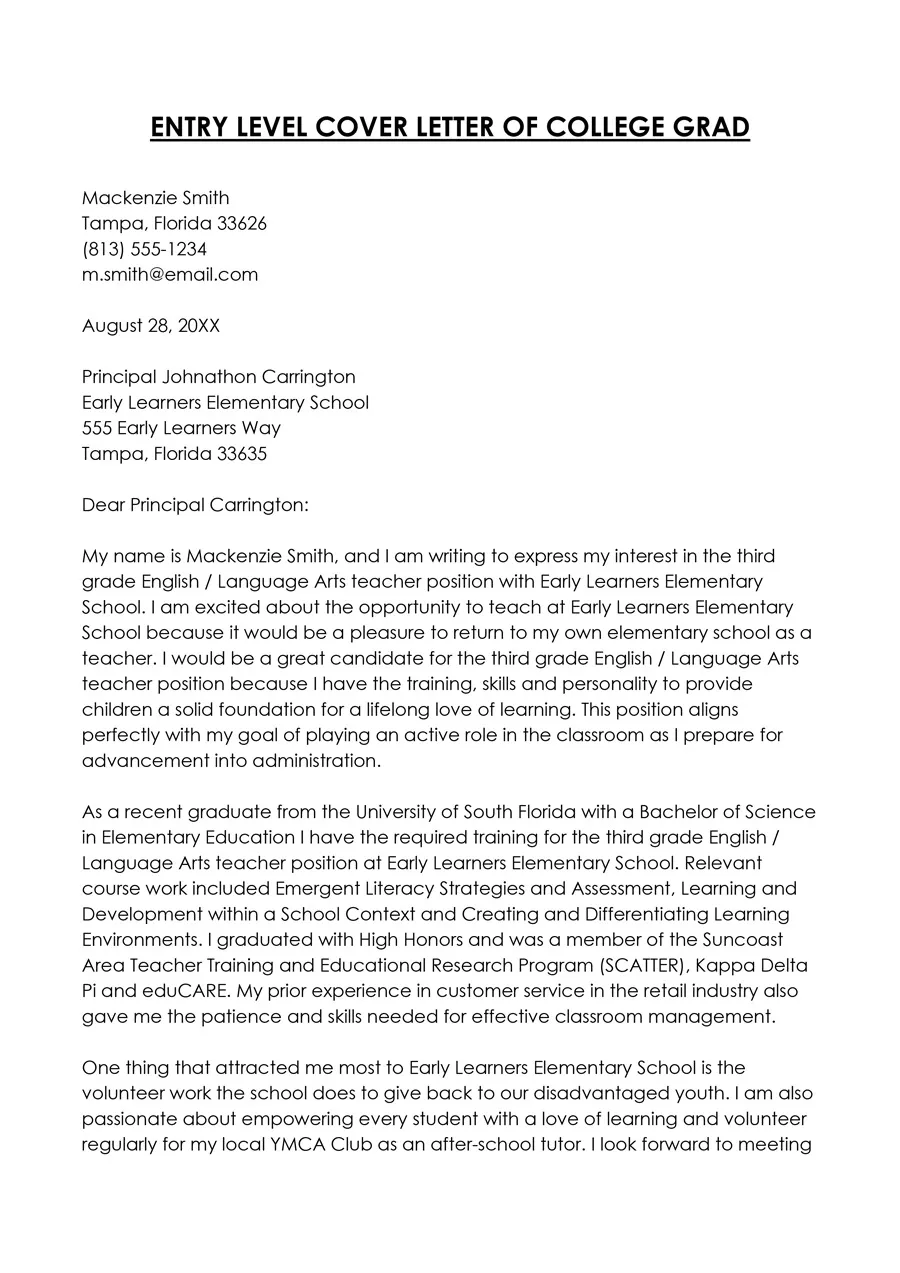
Let your passion for IT shine through. Express your genuine enthusiasm for the field and the specific opportunity. Mention why you are excited about the company, its mission, and its products or services. Show that you have researched the company and understand its values and culture. This enthusiasm makes you memorable and conveys your eagerness to contribute. Personalize your letter by including a sentence or two about what specifically attracts you to the company and role. Demonstrating genuine interest helps you stand out.
Expressing Interest in the Specific IT Position
Clearly state your interest in the specific IT position you’re applying for. Refer back to the job description and highlight how your skills and experience align with the role’s requirements. Explain why you believe you are a good fit for the position. Tailor your letter to the specific responsibilities and tasks outlined in the job posting. Use the job description as your guide. This shows that you understand the role and are confident in your ability to fulfill its requirements. The goal is to convince the hiring manager that you are the ideal candidate for this particular job.
Call to Action and Closing
End your cover letter with a clear call to action. Express your interest in an interview and indicate your availability. Thank the hiring manager for their time and consideration. Reiterate your enthusiasm for the opportunity. Use a professional closing, such as “Sincerely” or “Best regards,” followed by your full name. Your closing paragraph should be concise, professional, and leave the hiring manager with a positive impression of your candidacy. Make it easy for them to contact you and move forward with the hiring process.
Formatting and Proofreading Your IT Cover Letter

The appearance of your cover letter is as important as its content. Poor formatting and errors can make your application appear unprofessional, potentially costing you the opportunity. Ensure your cover letter is easy to read, well-organized, and free of errors.
Formatting Tips for Readability
Use a clean and professional font such as Times New Roman, Arial, or Calibri, with a font size between 10 and 12 points. Maintain consistent formatting throughout the document. Use single spacing within paragraphs and double spacing between paragraphs. Left-align your text, and avoid justified text. Break up large blocks of text with bullet points or short paragraphs. Use clear headings and subheadings to organize your content and make it easy for the reader to scan. Ensure your margins are consistent and visually appealing.
Proofreading for Errors
Proofread your cover letter meticulously. Check for spelling, grammar, punctuation, and typos. Errors can create a negative impression and undermine your credibility. Use a spell checker and grammar checker, but don’t rely on them completely. Read your cover letter aloud to catch any awkward phrasing or errors. Have a friend, family member, or career counselor review your letter for clarity and accuracy. A fresh pair of eyes can often spot mistakes that you might have missed. Proofreading is a critical step in the process and demonstrates your attention to detail, a valued skill in the IT field.
Examples of Strong Entry-Level IT Cover Letter Phrases
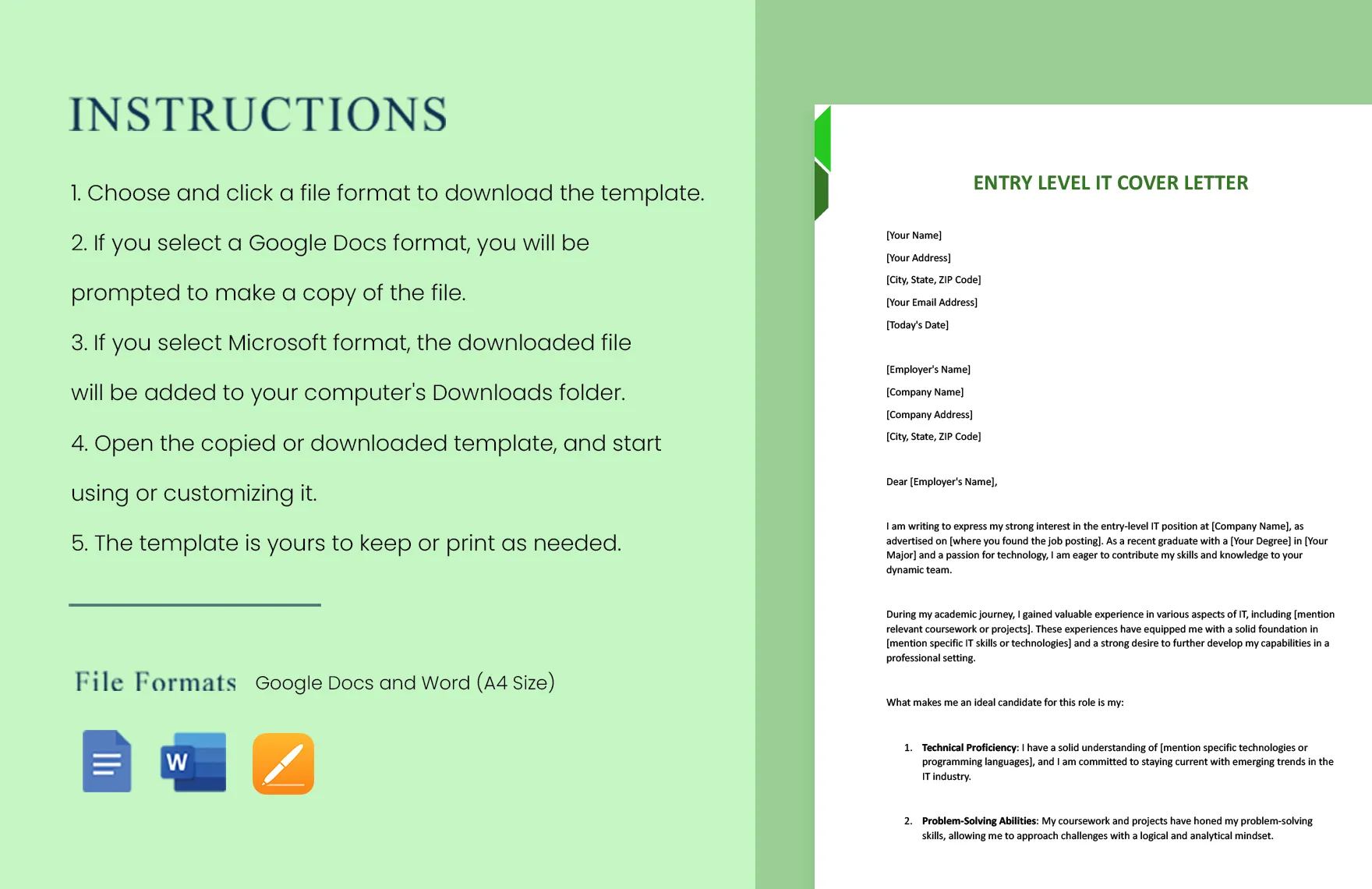
Using strong phrases can make your cover letter more compelling and effective. Incorporating dynamic language and action verbs can make your accomplishments stand out. Here are some examples of phrases you can use to highlight your skills and experience.
Phrases to Use When Describing Technical Skills
When describing your technical skills, use phrases that clearly demonstrate your abilities. Examples: “Proficient in [programming language],” “Experienced in troubleshooting [technical issue],” “Developed and implemented [solution] using [technology],” “Managed and maintained [system or network],” “Utilized [software or tool] to [achieve result].” These phrases are concrete, showing you aren’t just familiar with the tech, but can use them to achieve some results. Adapt these to fit your specific qualifications and the demands of the job you’re applying for.
Phrases to Use When Highlighting Soft Skills
When describing your soft skills, use phrases that showcase your interpersonal and communication abilities. Examples: “Collaborated effectively with a team to…,” “Communicated technical information clearly to non-technical audiences,” “Managed multiple projects simultaneously, meeting all deadlines,” “Demonstrated strong problem-solving skills in resolving…”, “Adapted quickly to new technologies and challenges.” Use these to demonstrate how your soft skills help you excel at projects.
Common Mistakes to Avoid in Your IT Cover Letter
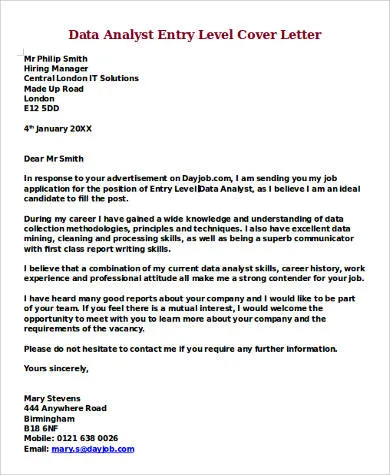
Avoiding common mistakes can greatly increase your chances of success. Be aware of common pitfalls that can undermine your application and carefully proofread to prevent them.
Generic Cover Letters
Avoid using a generic cover letter. Customize each cover letter to the specific job and company you’re applying to. Generic letters show a lack of effort and interest. Tailor the letter to the job description, highlighting the specific skills and experiences that align with the role. Show that you have researched the company and understand its values and culture. Generic cover letters don’t make the cut. They can be a detriment to your candidacy.
Typos and Grammatical Errors
Typos and grammatical errors can immediately disqualify you. Proofread your cover letter carefully for spelling, grammar, and punctuation errors. Use a spell checker and grammar checker, but don’t rely on them completely. Have someone else review your letter as a fresh pair of eyes often catches mistakes you might miss. Attention to detail is critical in IT, and errors reflect poorly on your professionalism. Make sure the reader knows you have good attention to details.
Failing to Tailor the Letter to the Job
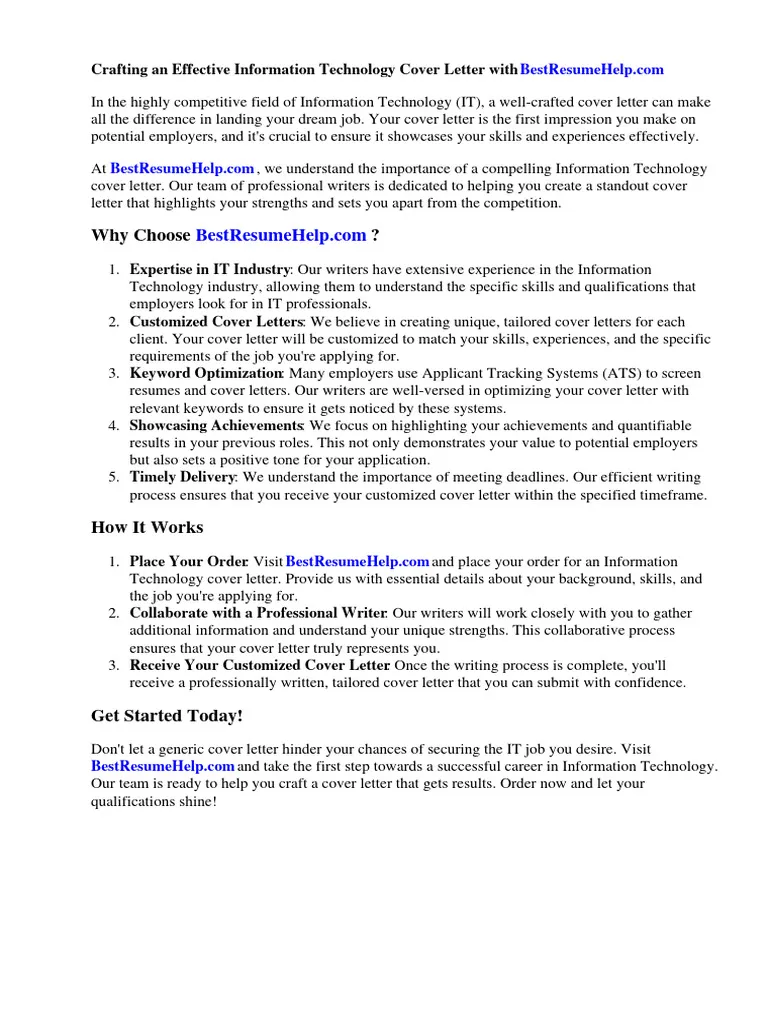
Do not simply send out a generic cover letter without customizing it to the specific job. The cover letter is the place to highlight the skills and experiences most relevant to the position. Carefully review the job description and tailor your letter to address the specific requirements and responsibilities. This demonstrates your interest in the role and shows you’ve paid attention to the details. Always customize the cover letter for each application; it’s worth the extra time.
Final Thoughts and Next Steps
Writing an effective entry-level IT cover letter is an essential step in your job search. By following the guidelines outlined in this guide, you can create a cover letter that showcases your skills, passion, and potential. Remember to tailor your letter to each specific job, highlighting the most relevant experiences and demonstrating your enthusiasm for the opportunity. Review, edit, and proofread your letter carefully before submitting it. Take the time to create a polished and persuasive cover letter. Use it to your advantage. Good luck with your job search!
